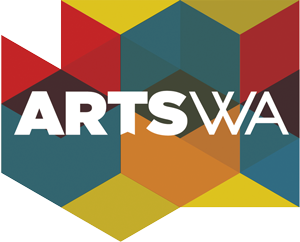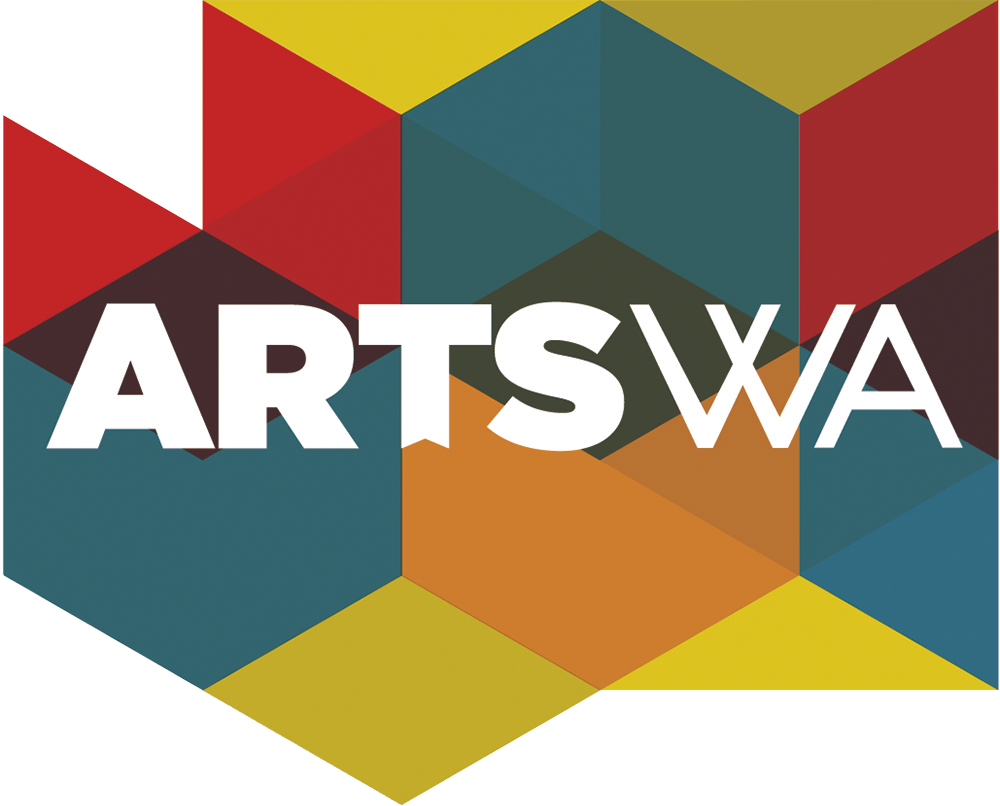Artifacts of Western Settlement: Eagle Borax Works, Death Valley, CA, 1996
David Taylor
(American, born 1965)
Location: Department of Transportation - Spokane Engineers Office, Spokane
ABOUT THE ARTWORK
Artifacts of Western Settlement: Eagle Borax Works, Death Valley, CA is a collage created by artist David Taylor. It is part of a body of work that examines man-made marks on the land and our relationship to our environment.
To create this piece, Taylor combined computer-manipulated images with a printed photograph. Together these images challenge our trust in documentation and recorded history. He notes, "An essential aspect of my process is the gathering of historical images and text that relate, either through location or content, to my own photographs… By allowing the intuitive to mingle with the empirical, history is left open to interpretation."
This artwork was acquired for the State Art Collection in partnership with Department of Transportation.
ABOUT THE ARTIST
David Taylor creates fine art photographs. He received a Bachelor of Fine Arts degree from Tufts University in Medford, Massachusetts in 1989. He received a Master of Fine Arts degree from the University of Oregon in Eugene, Oregon in 1994. He has served as a professor of art at Oregon College of Arts and Crafts in Portland, Linfield College in McMinnville, Oregon, New Mexico State University, and the University of Arizona.
ARTWORK DETAILS
| Material Category | Work on paper - photograph |
| Medium | Gelatin silver print and collage on fiberboard |
| Dimensions | 15 1/2 in x 43 1/2 in |
| ID Number | WSAC1998.140.000 |
| Acquisition Method | Direct purchase |
| Artist Location | Arizona, United States |
Location Information
| Agency | Department of Transportation |
| Artwork Location | Department of Transportation - Spokane Engineers Office 1st floor, Lobby |
| WA County | Spokane |
| Placement | Interior |
| Site Type | State Agency |
| Address | 2714 N. Mayfair St. Spokane, WA 99207 |
| Geo. Coordinates | 47.683059, -117.406222 |
| Before Visiting | Some artworks may be located in areas not accessible to the general public (especially in K-12 public schools). Consider contacting the site prior to a visit to ensure access. |
| Map |
Related




_Edited.jpg)
_edited_cropped.jpg)